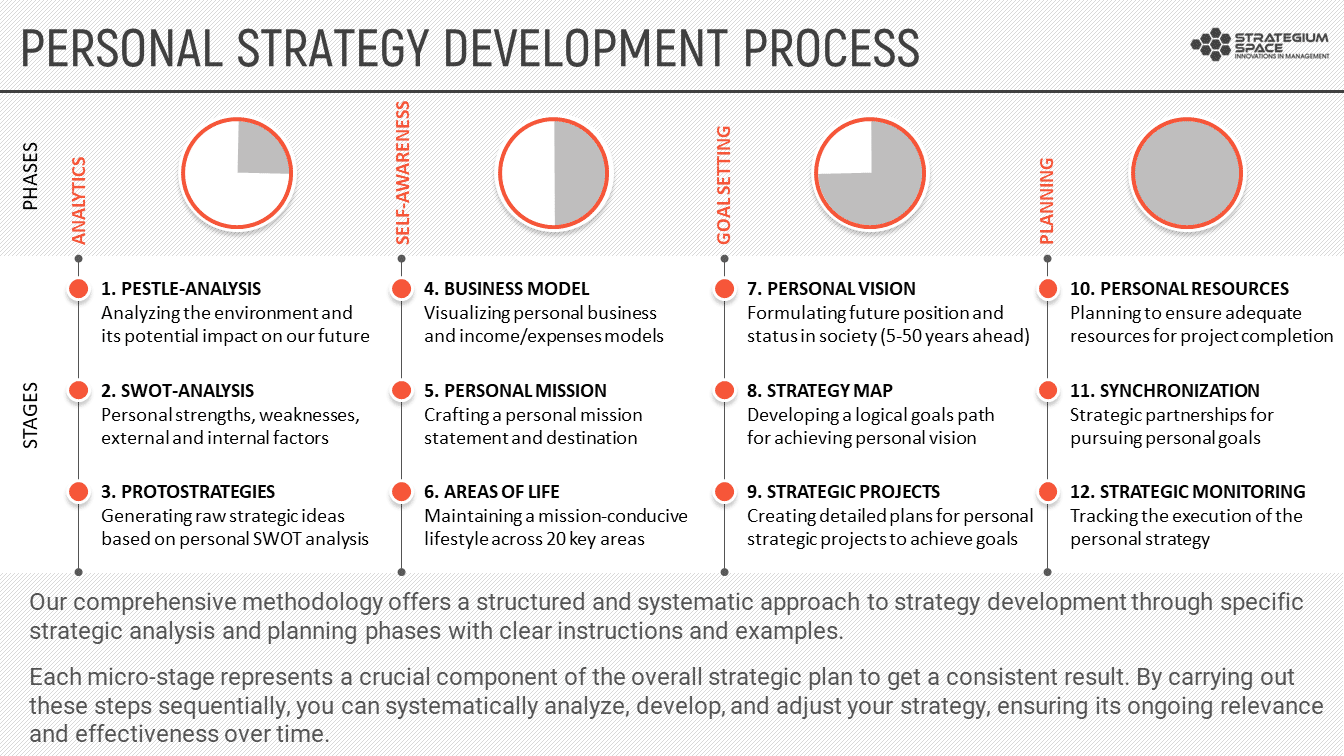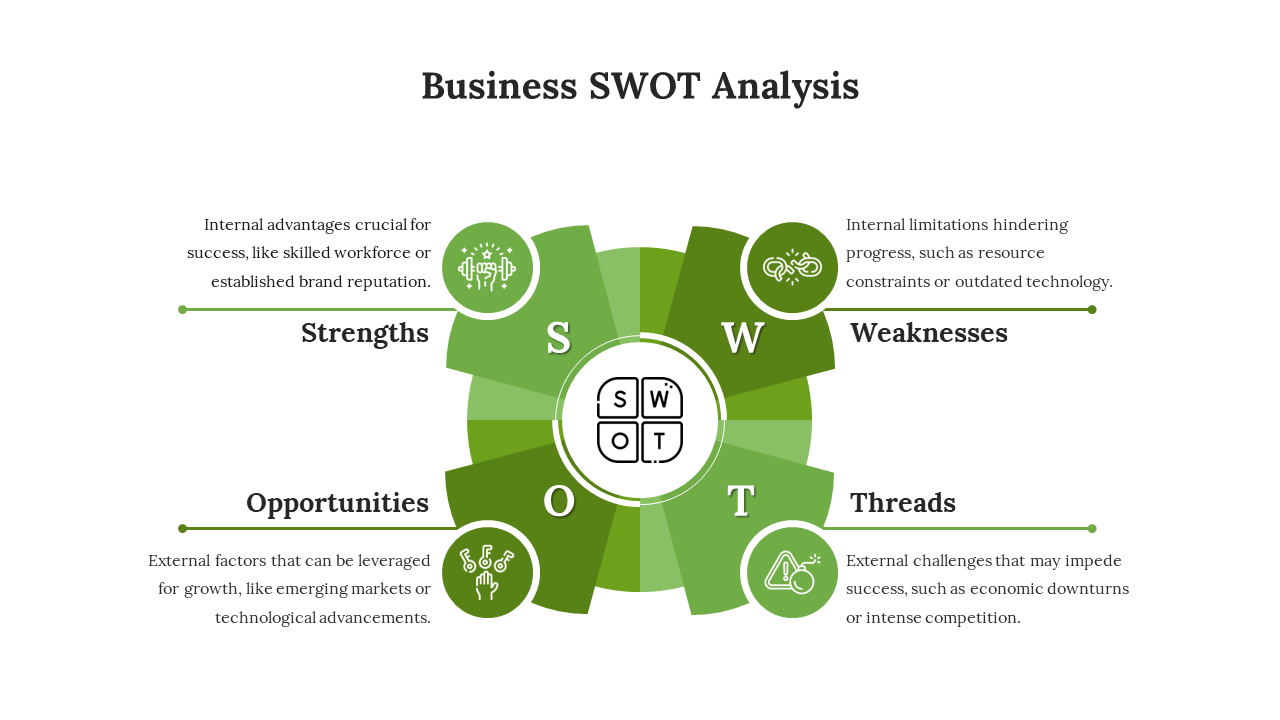An internal analysis is crucial for identifying strengths and weaknesses within your business. It informs strategic planning and fosters competitive advantages.
Conducting an internal analysis is a strategic tool that helps business owners and managers understand their organization’s unique resources, capabilities, and core competencies. With this introspection, companies can spotlight areas that need improvement and harness their inherent strengths to stand out in the marketplace.
This self-assessment ensures the optimal use of resources, aligns operations with business objectives, and aids in devising robust strategies to overcome internal hurdles and external threats. A thorough internal analysis serves as the foundation for informed decision-making, driving growth, innovation, and long-term success in an ever-changing business environment. It paves the way for identifying opportunities for advancement and implementing tactics that resonate with corporate goals.
The Essence Of Internal Analysis In Business Strategy
An internal analysis shines a light on what a company excels at. It’s revealing what may be holding it back. This critical self-examination helps businesses recognize both their capabilities and limitations. By understanding their own skills, they can play to their strengths. Finding areas to improve, they ensure steps towards becoming an industry leader.
Grasping the unique resources at their disposal, businesses can craft a strong competitive edge. This strategic move can set a business apart from the crowd. Focused improvements based on weaknesses will lead to stronger performance. Constructing a robust strategy positions a company for long-term success.

Credit: strategium.space
Tools And Frameworks For Conducting Internal Analysis
Understanding your business strengths and weaknesses is essential. The SWOT Analysis tool does just that. It breaks down into Strengths, Weaknesses, Opportunities, and Threats. This view shows how your business is doing today. You can see where you are good and what needs work.
Then, the VRIO Framework steps in. It looks at Value, Rarity, Imitability, and Organization. This tool helps find resources that keep you ahead of others. It tells you if these resources are hard for others to copy or get.
| Tool | Purpose |
|---|---|
| SWOT Analysis | A quick look at business health |
| VRIO Framework | Finding unique resources to stay ahead |
Linking Internal Analysis To Decision-making
Understanding the strengths and weaknesses of a business is crucial for making decisions. Insightful internal analysis helps identify areas where a company excels and aspects that need improvement. This knowledge enables leaders to make strategic choices that support growth and profitability.
For instance, companies might decide to invest more in high-performing departments. They might also sell parts of the business that are not doing well. These investment and divestment decisions shape the future of the company. They must be based on solid data and analysis.
The right choices can lead to better products and higher sales. This is why companies spend time on internal analysis. It gives them a map for success. A strong internal analysis is the foundation of a successful strategy.

Credit: www.slideegg.com
Internal Analysis In Action: Case Studies
Businesses must understand their strengths and weaknesses. A thorough internal analysis reveals key insights. These insights help businesses to turn their weak spots into growth areas. It’s essential to recognize these areas to stay ahead of competition.
Effective internal evaluations can highlight a company’s robust features. Utilizing these strengths leads to better business strategies. It is crucial to continually leverage and enhance these traits. This action promotes long-term success and marketplace dominance.
Challenges And Best Practices In Internal Analysis
Internal analysis sheds light on a business’s strengths and weaknesses.
Identifying hidden challenges is crucial to crafting effective strategies.
Misjudging internal capabilities can lead to overextending resources or missed opportunities.
Creating a robust framework helps avoid common pitfalls.
Encouraging open communication among team members is essential.
Cultivating a culture of continuous improvement drives sustainable success.
Teams should regularly review processes and seek feedback.
This ensures ongoing development and competitive edge.

Credit: www.linkedin.com
The Future Of Internal Analysis: Trends And Innovations
Internal analysis is crucial for understanding a business’s strengths and weaknesses. By integrating big data and analytics, companies can uncover trends, improve decision-making, and predict future outcomes. These tools enable a deeper dive into the internal workings of an organization. As the business landscape changes, staying adaptive and informed is essential.
Big data and analytics provide a comprehensive picture of a business’s operations. This knowledge allows companies to spot inefficiencies and opportunities swiftly. Firms that harness these insights gain a significant advantage over competitors. They can adapt to market shifts and consumer behavior changes with greater agility.
Conclusion
Understanding your company’s core through internal analysis is invaluable. It equips you with insights to optimize strengths and tackle weaknesses. This strategic approach propels business growth, ensuring you remain competitive and responsive to change. Embrace internal analysis as the compass for your enterprise’s success and sustainability.
Let it guide your decision-making to new heights.

